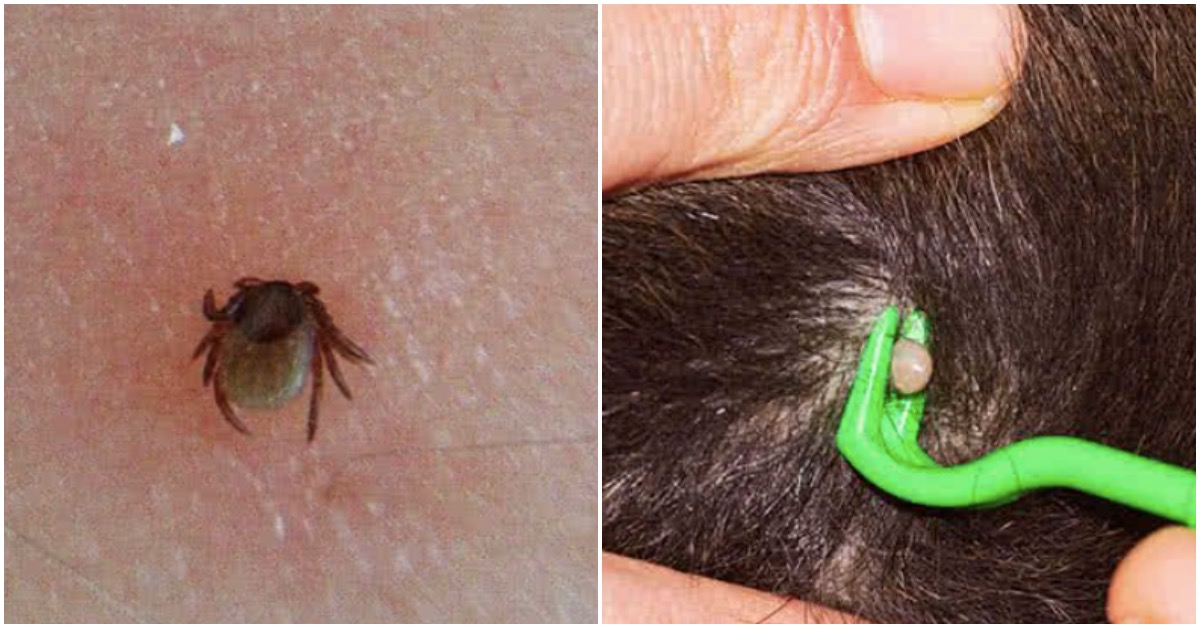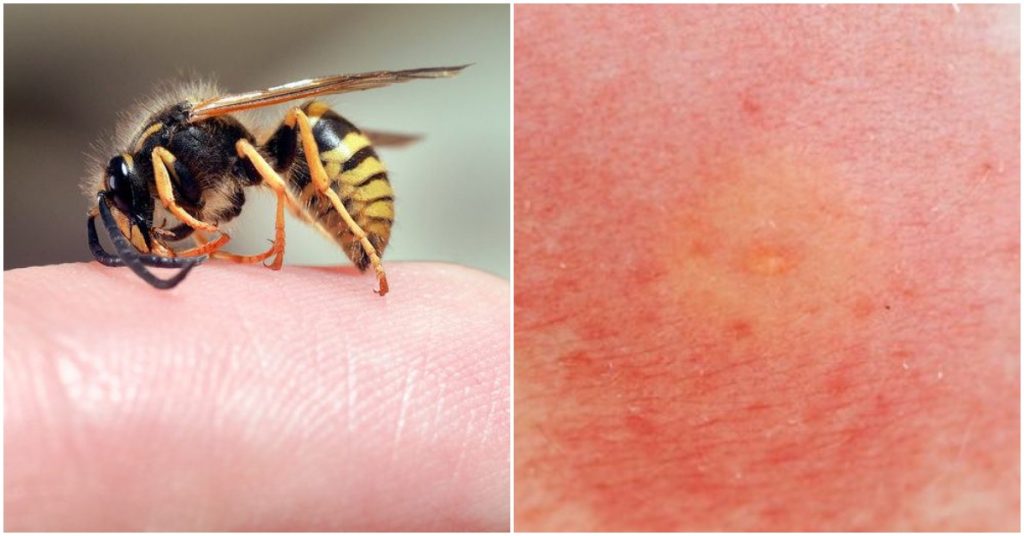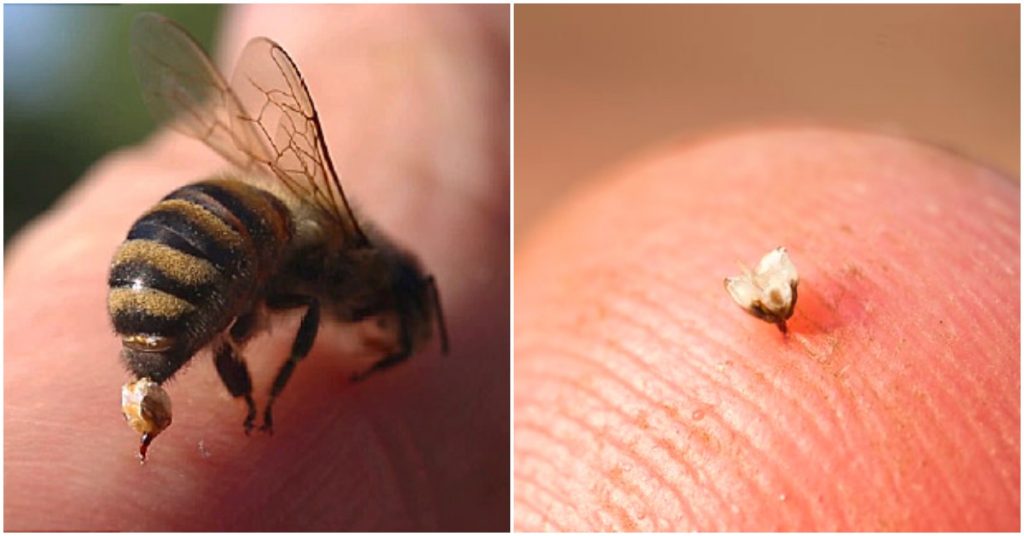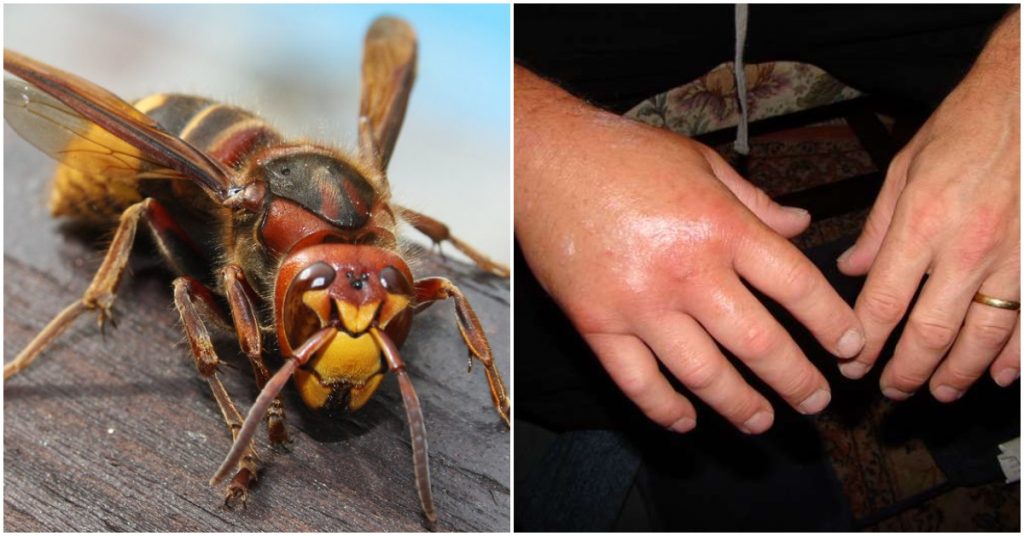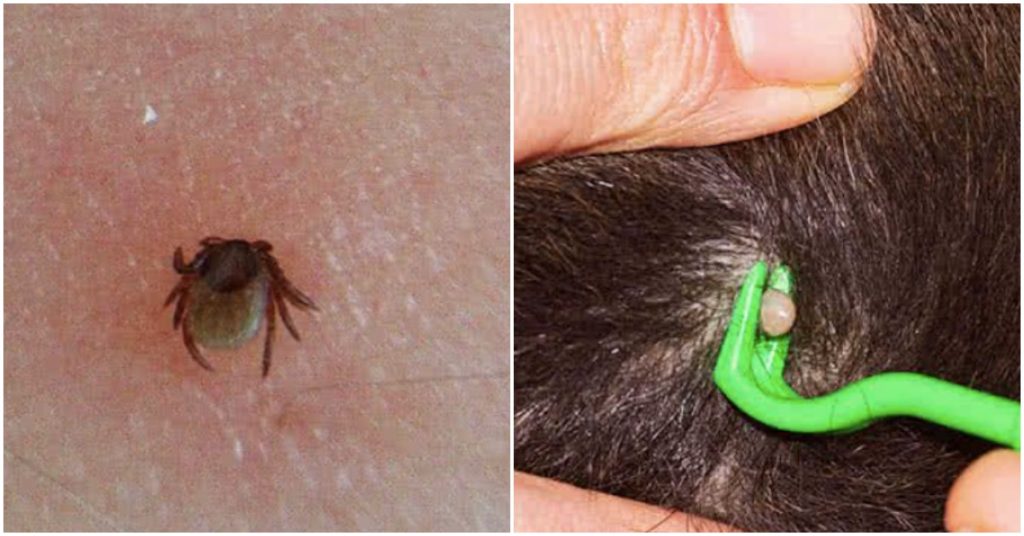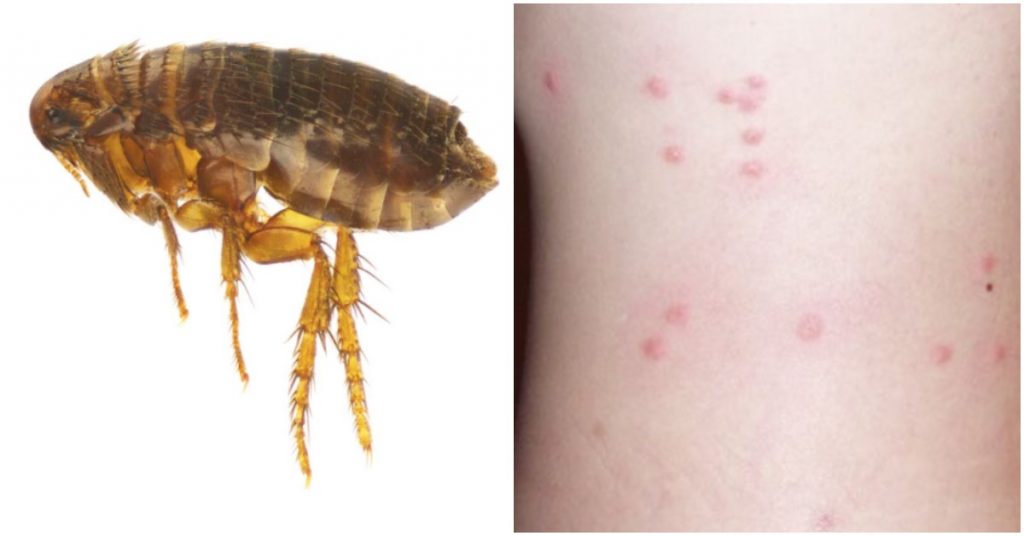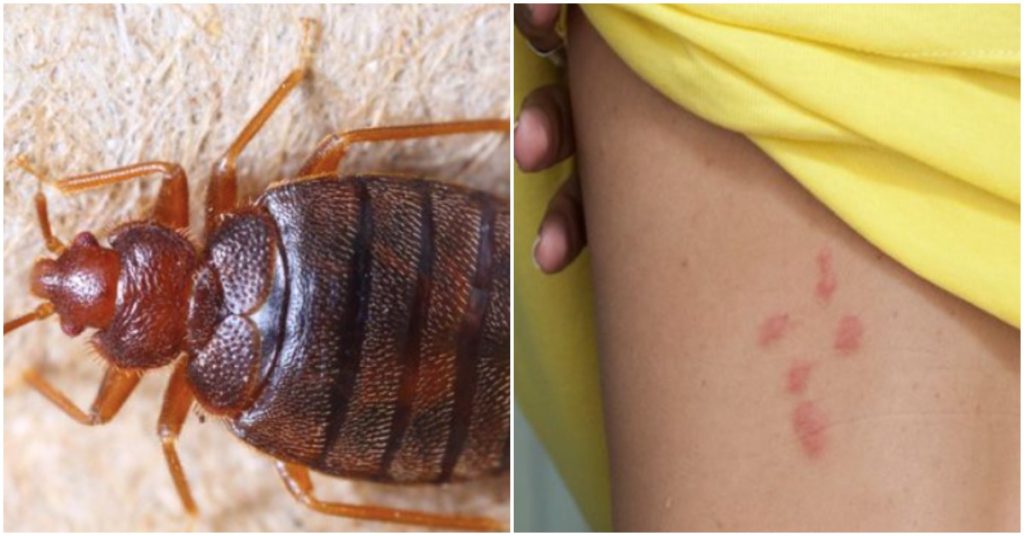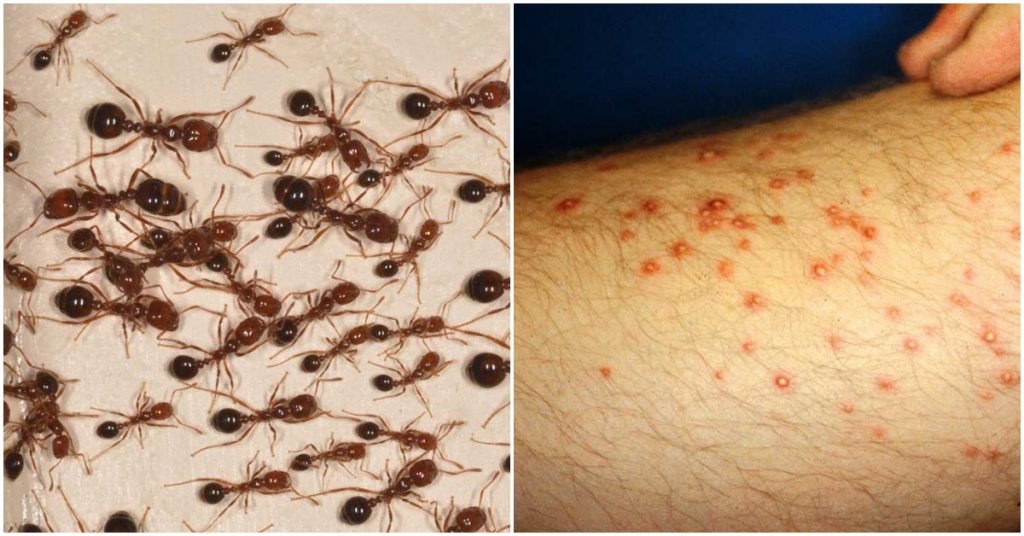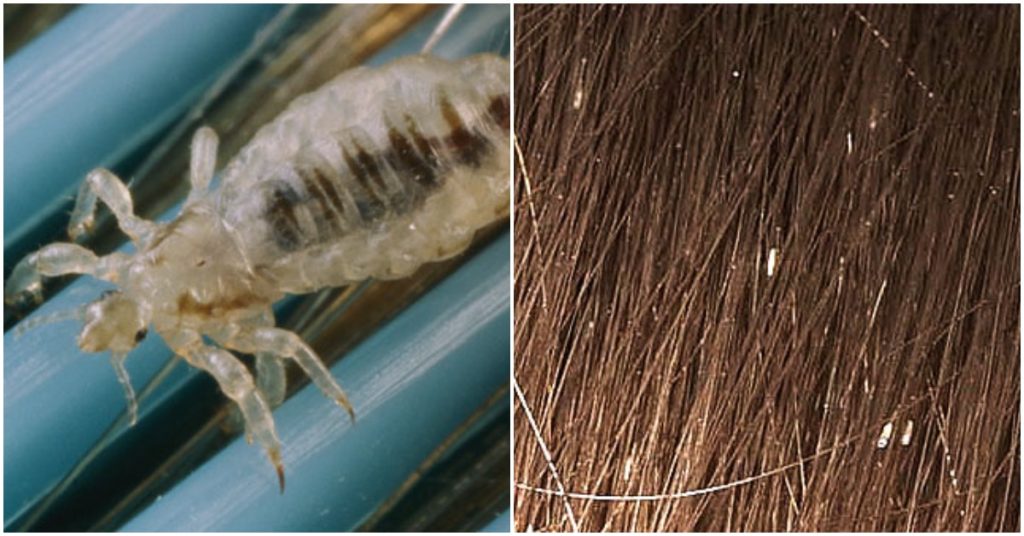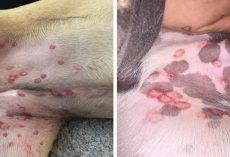Bugs can be such a nuisance, and it’s even worse when you get bit by one! Sometimes it’s impossible to be outside for more than ten minutes in the summer without getting bit by a mosquito. While mosquito bites are pretty easy to recognize, there are many other bug bites that people may not be as familiar with.
1. Mosquitos
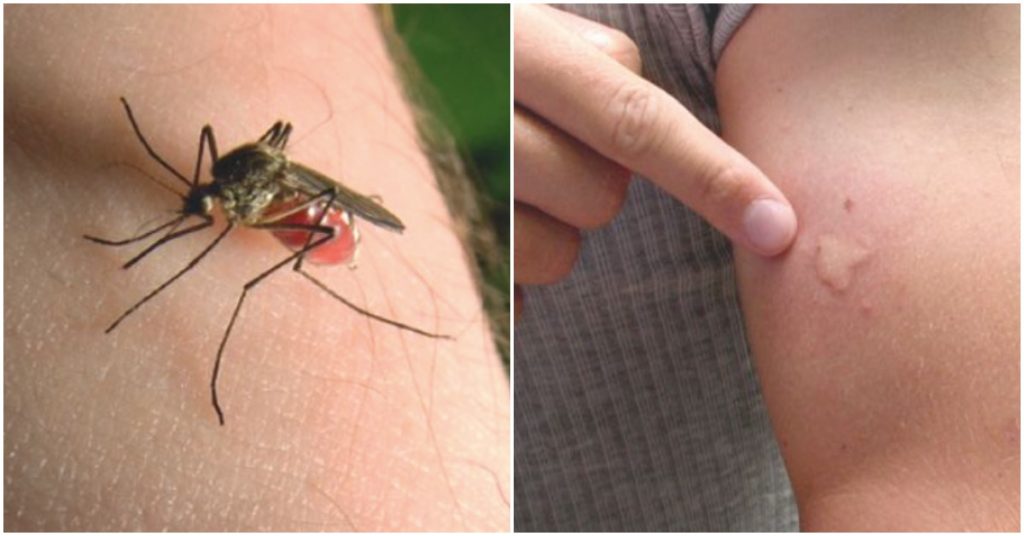
Most people can spot a mosquito bite, especially when they won’t stop itching! It seems the more you scratch them, the more they itch! They look like puffy round bumps on the surface of your skin, and they can become even more swollen and sometimes even bleed the more you itch them. It is also common to get multiple bites at the same time.
Calamine lotion may work well to help the itching subside.
Some people are allergic to mosquito bites and have a much worse reaction. They can get hives, even more swelling and redness, and sometimes even swollen lymph nodes.
Did you know that male mosquitos don’t bite humans? We can thank the females for our itchy bumps! Both male and females feed on plant nectar, but only the females need blood to help them reproduce.
2. Wasps
Wasp stings look similar to mosquito bites, but they are slightly wider. Wasp stings are painful because their stingers are loaded with venom, and their stingers remain intact which means they can sting you multiple times at once. When you get stung by a wasp, you could feel instant pain and irritation, and will be left with a swollen, itchy bump.
Wasp stings can be treated at home and the pain and burning will usually subside after a few hours. After washing the bite area, apply hydrocortisone cream or calamine lotion and then a band-aid to keep it from getting infected.
Some people are severely allergic to wasp stings and can go into anaphylactic shock. Those people would need an EpiPen and to be taken to the hospital ASAP.
3. Bees
When a honeybee stings you, it leaves behind its stinger in your skin, so these are usually easy to recognize. The stinger leaves behind a venomous toxin which causes temporary sharp pain, swelling and redness.
Remove the stinger immediately, wash the site with soap and water, and ice the area to help the swelling go down.
While bee stings are usually just a painful inconvenience, some people are severely allergic to them and can experience difficulty breathing, rapid pulse, vomiting, and even loss of consciousness.
4. Hornets
While hornet stings are similar to wasps, they are typically more painful because their venom contains a large amount of acetylcholine. Like wasps, they can also string repeatedly. With a hornet sting, the area could become extremely swollen, and sometimes blisters can form.
Wash the bite area and apply a cold pack to reduce to swelling.
5. Ticks
Ticks live outdoors mainly in grass, trees, shrubs and piles of leaves. They can find their way onto both humans and pets.
They range in color from different shades of brown to reddish brown and black. As they suck your blood, they grow bigger in size. They could be on you or your pet for days and will become a greenish blue color once they’re engorged.
Tick bites are easy to recognize because the tick is usually still attached to you. If you see a tick, remove it with a pair of tweezers by grasping it as close to your skin’s surface as possible. Pull straight up without bending or twisting the tick so that you don’t leave behind the tick’s head or mouth. Once removed, wash the bite with soap and water and absorb the tick in rubbing alcohol to make sure it’s dead.
Tick bites are usually harmless, but people who are allergic could develop pain, swelling, or blisters. They usually leave a red mark on your skin.
Sometimes ticks can carry diseases such as Lyme disease, and those symptoms can show within days. If you experience a fever, rash, or severe pain after a tick bite, seek medical care immediately.
6. Fleas
Fleas prefer to live on your pet dog or cat, but they could still live on humans too. They reproduce quickly, so it’s important to take control of the situation before your house becomes infested.
Flea bites are small, red bumps that have a red ring around the bite center. The bites are usually in groups of three or four. The bites are very itchy and can become sore.
7. Bed Bugs
While bed bugs are called BED bugs, they can still be found in other places besides your bed such as your furniture and even your carpet.
They rely on humans to carry them from one place to another and they feed on blood from humans and animals.
Their bites are tiny, red and could become swollen. Like flea bites, they are often grouped together. They are often itchy and sometimes even burn. It could take days for the bites to appear after you’ve been bitten.
8. Red Ants (Fire Ants)
If you are bitten by a red ant (fire ant), you will know it right away. They usually attack in swarms and their bites will cause a sharp stinging sensation. They leave behind groups of swollen red spots that develop a blister on top.
The bites will cause pain, itch, and could last up to a week. Some people are severely allergic to red ants and need to seek immediate medical help.
You can treat the bites by washing the area with soap and water and applying an antihistamine to reduce the pain and itch.
9. Lice
Lice live in the hair on your head and feed off the blood from your scalp. They are hard to spot because they are extremely tiny, and their eggs (nits) look like a small dandruff flake.
Head lice is extremely contagious and can be transferred from one person to another by sharing a hairbrush, hat, headphones, clothing, or even sitting on furniture.
When you have lice, your scalp will severely itch.
While there are over-the-counter chemicals to kill lice, you can also use a fine-toothed lice comb to remove the lice and their nits. In order to get rid of them, you’ll have to do this several times until you don’t see any more lice or eggs.
10. Horseflies
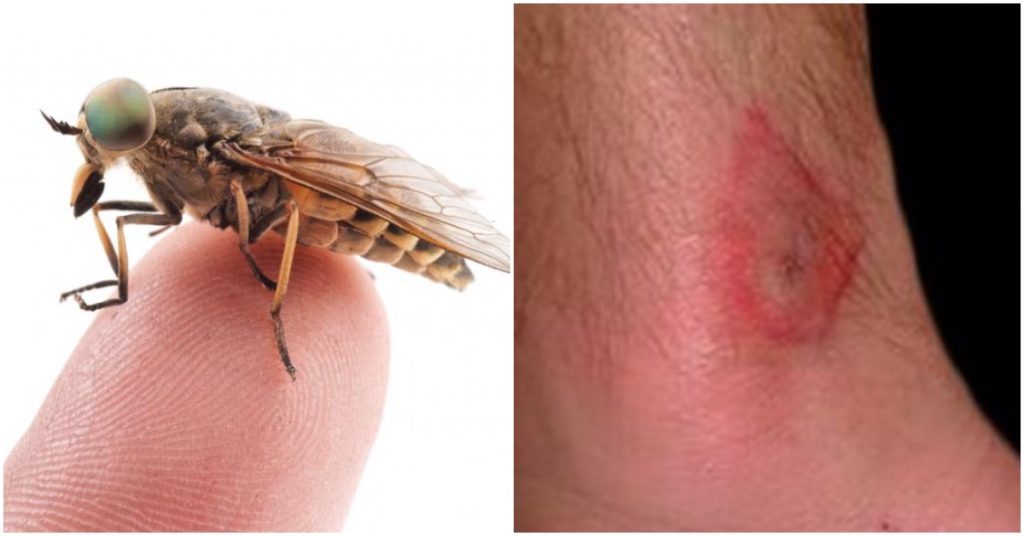
Horseflies are usually found in farmland areas and feed on large mammals, but can also be found in urban areas near water.
Like mosquitos, only the females bite to consume blood for reproduction. Their bites are very painful and look more like a cut than a puncture hole. They are usually red and may be itchy. These bites take longer than other insect bites and could become infected. Antibiotics may be prescribed for infected horsefly bites.
Unlike mosquitos and other insects, horseflies cannot transmit diseases through humans, but they can be deadly to horses and other mammals.

